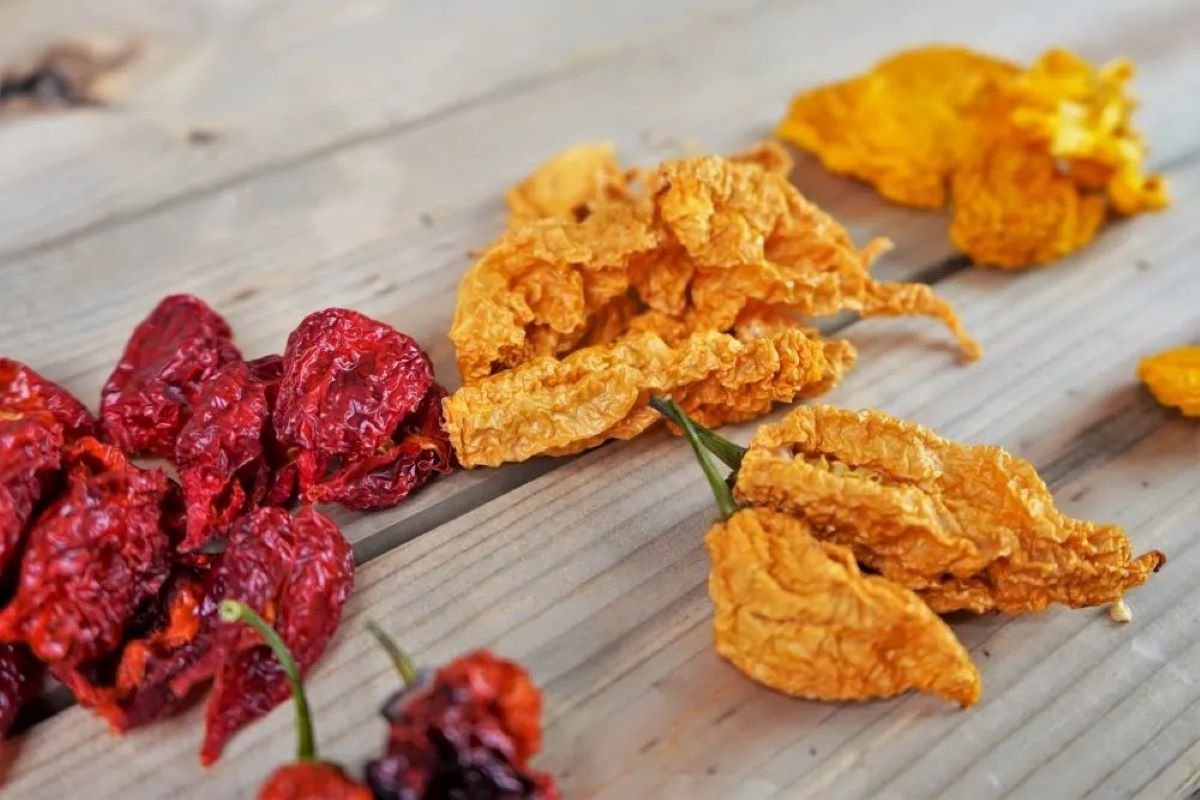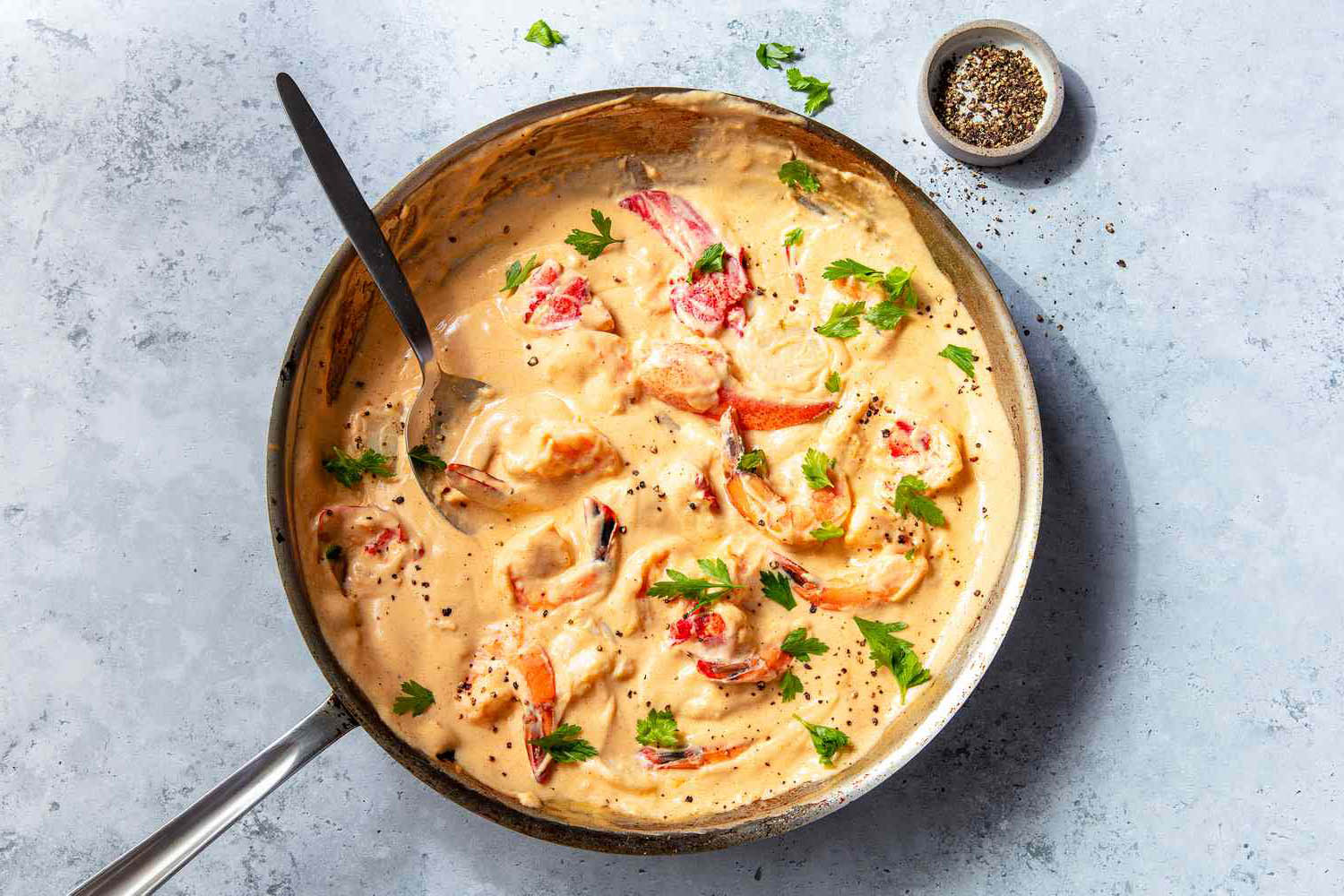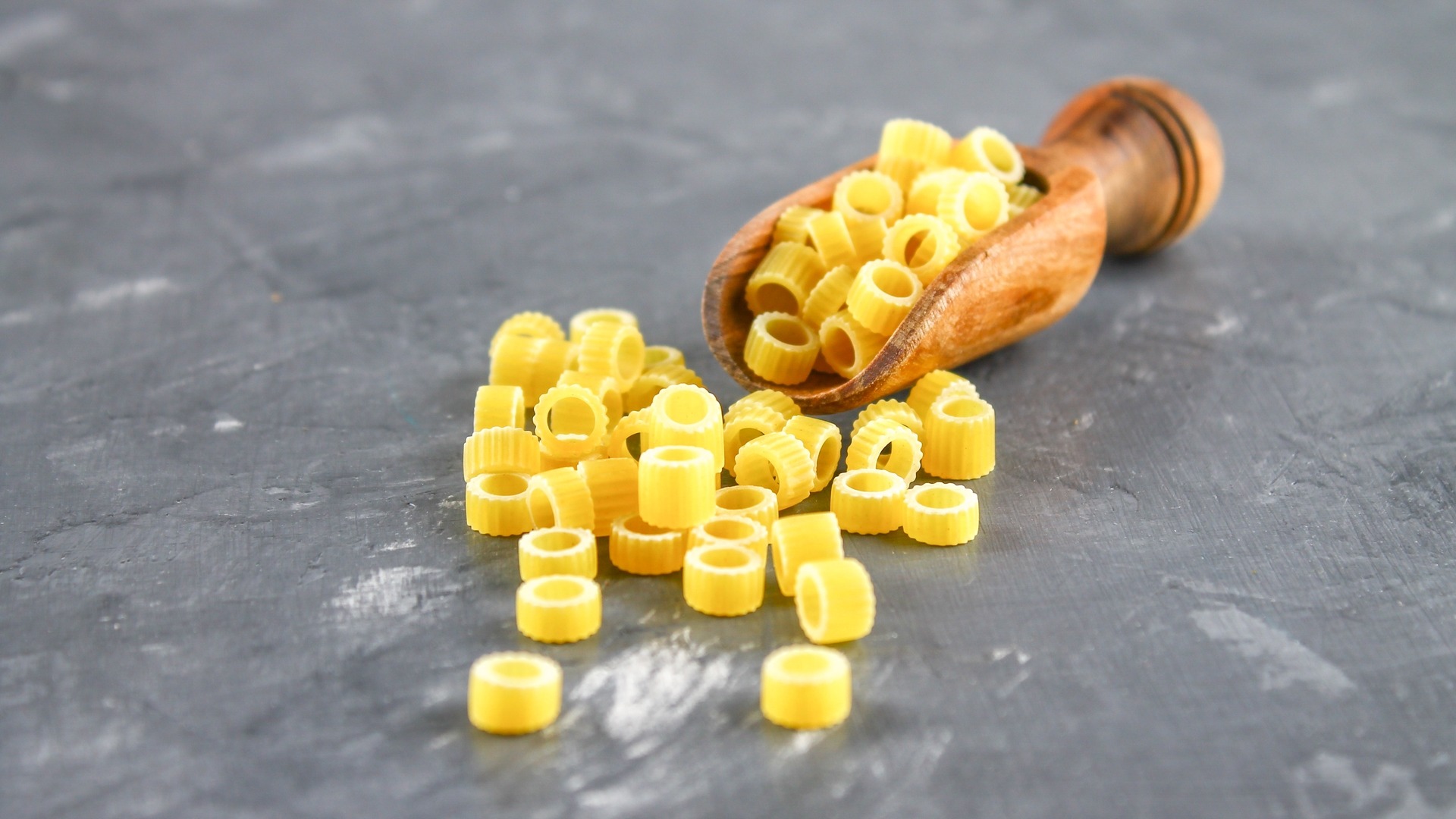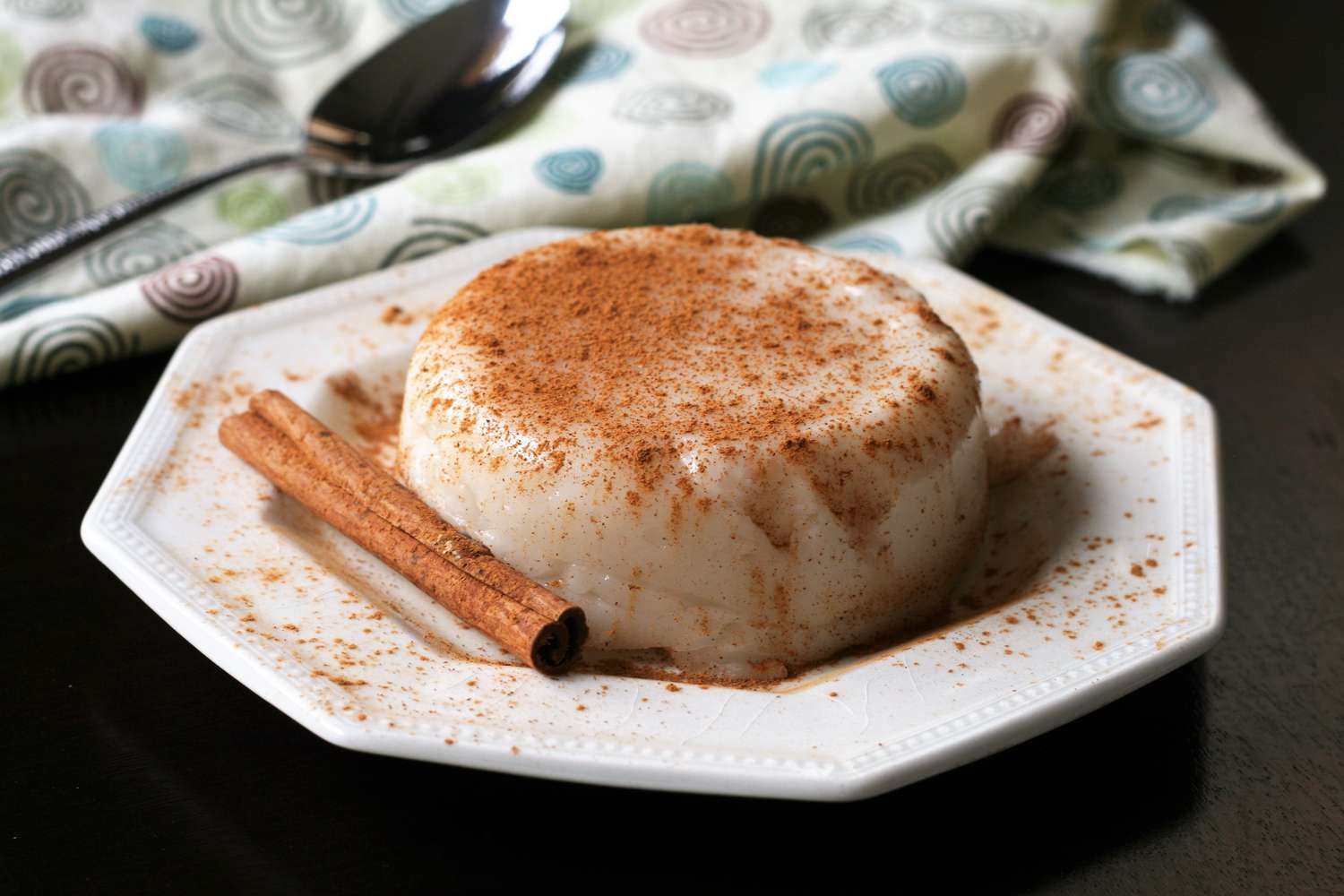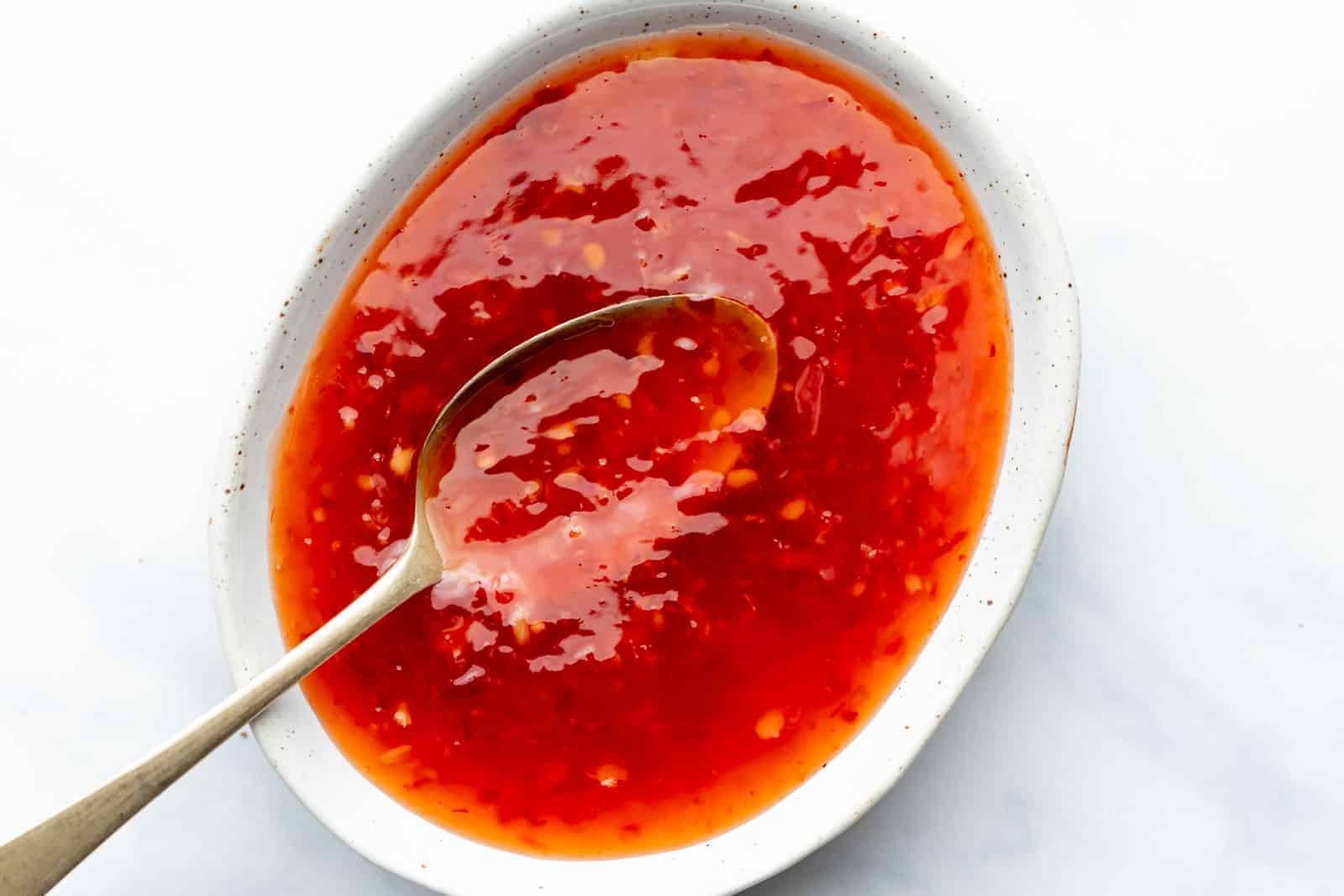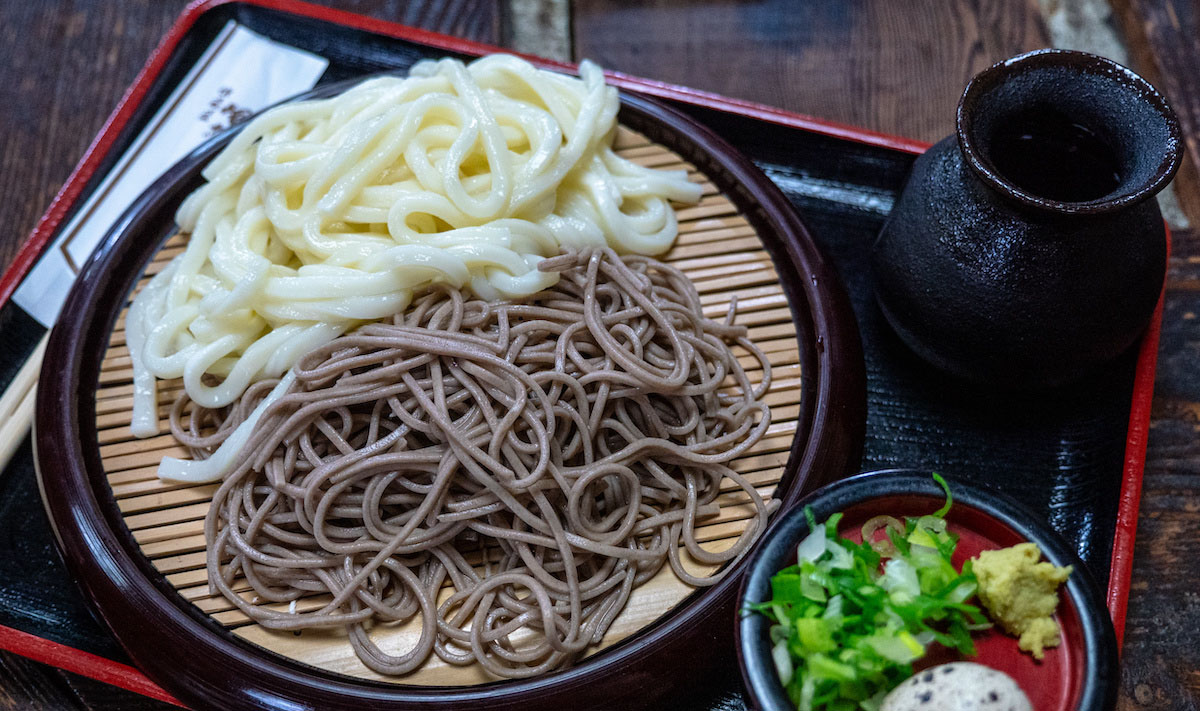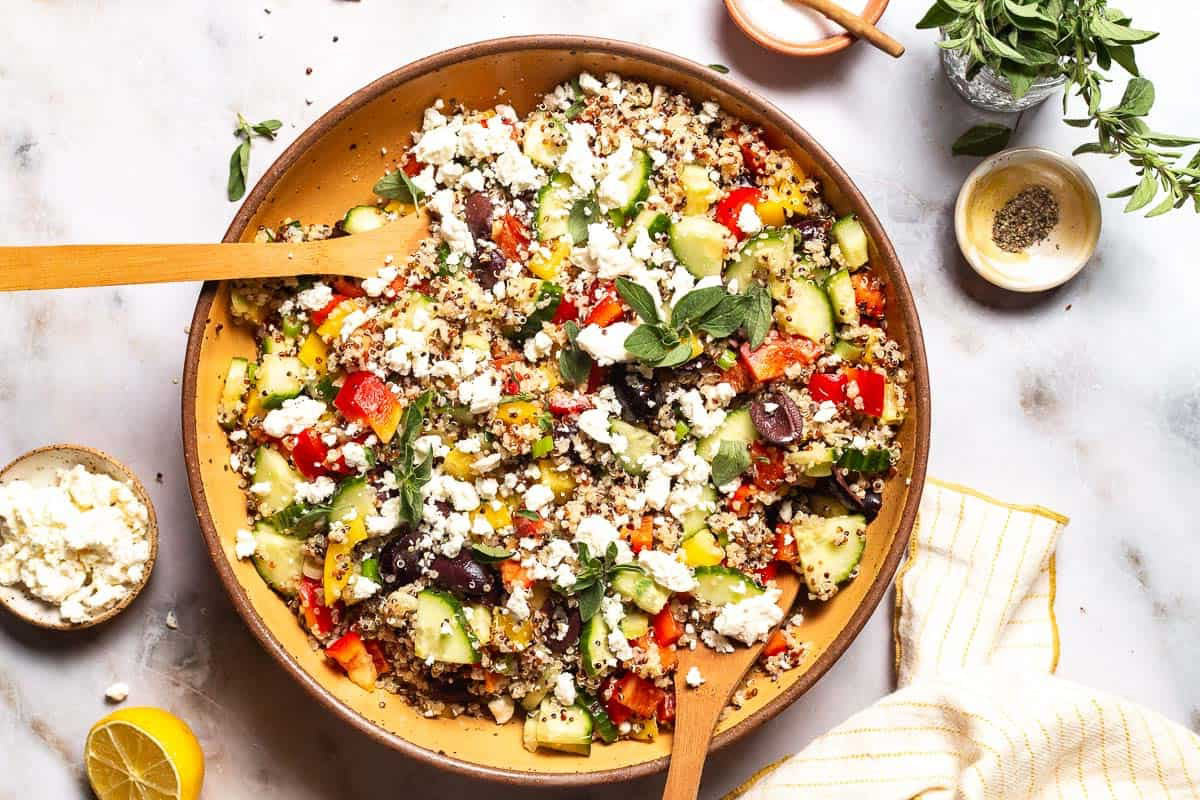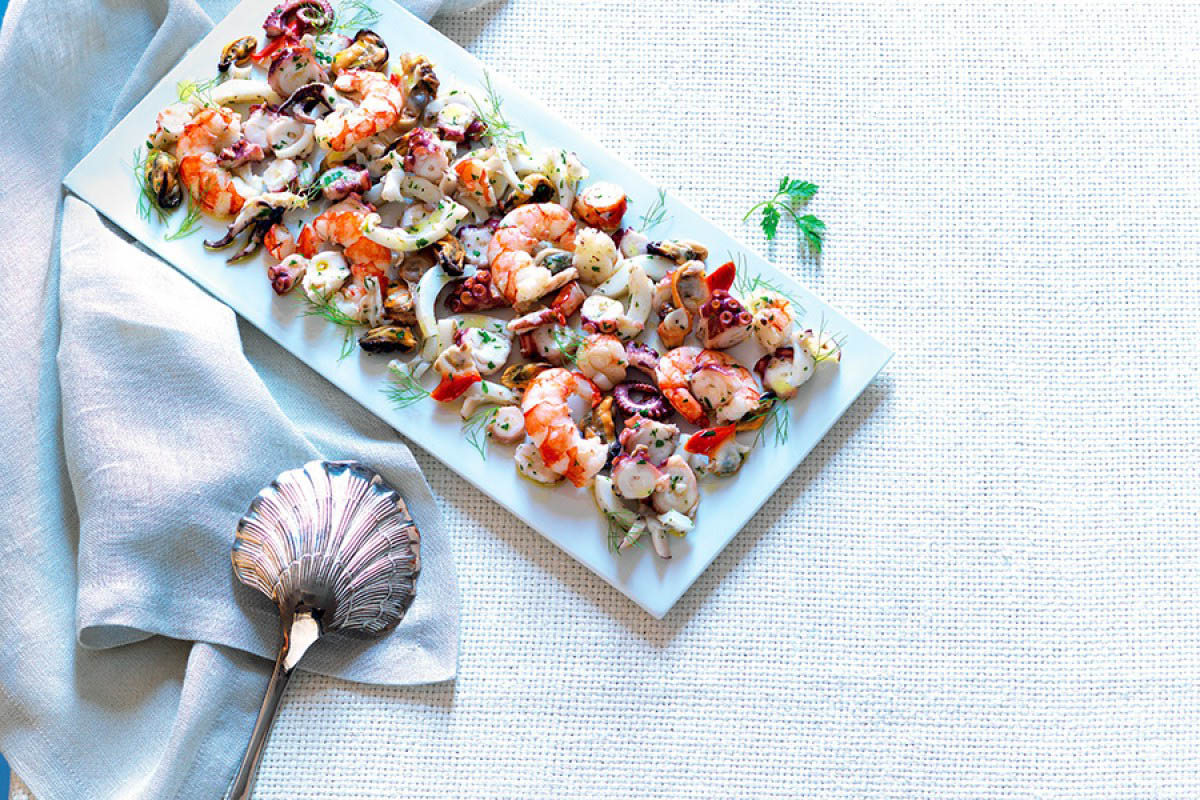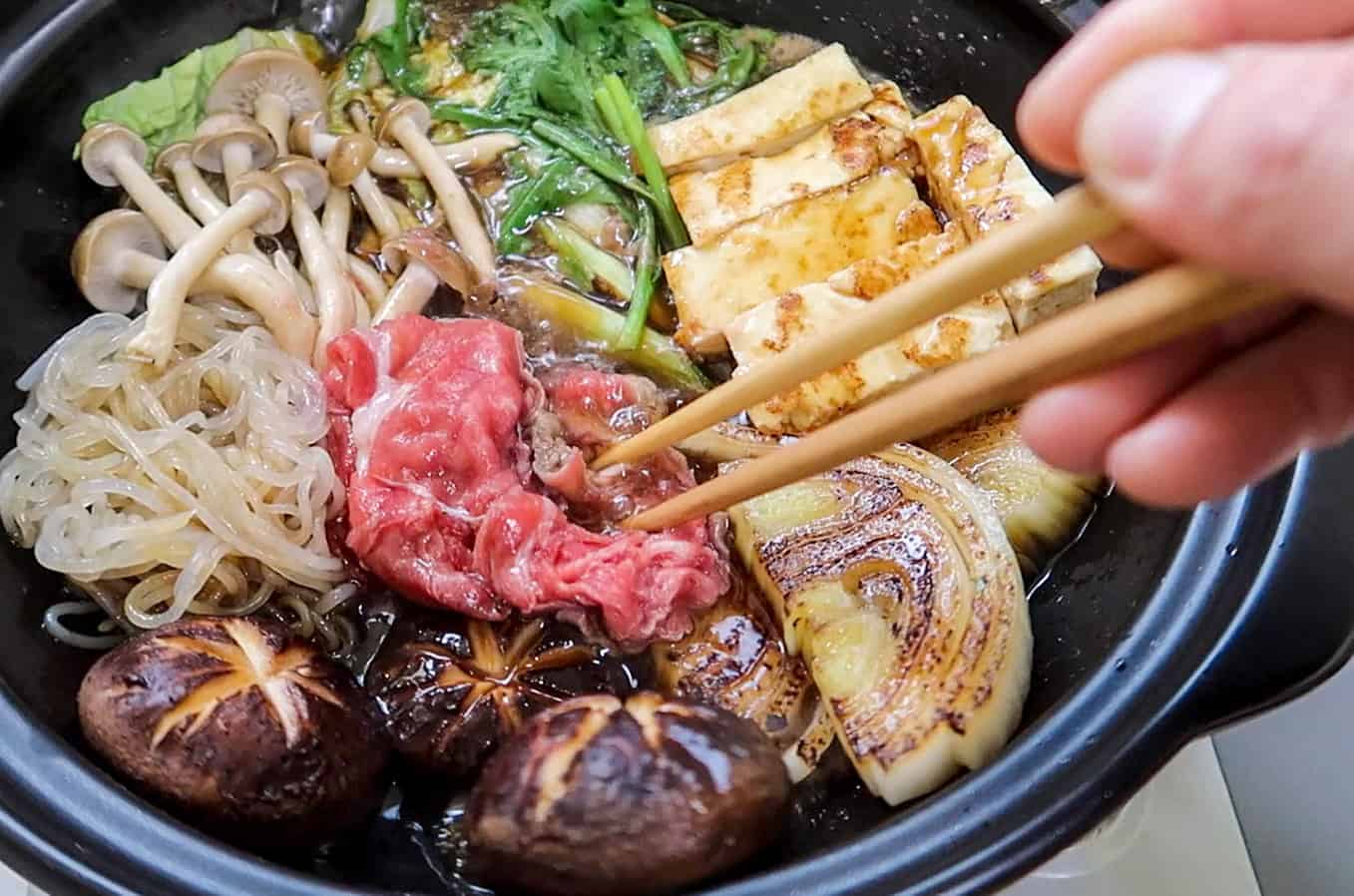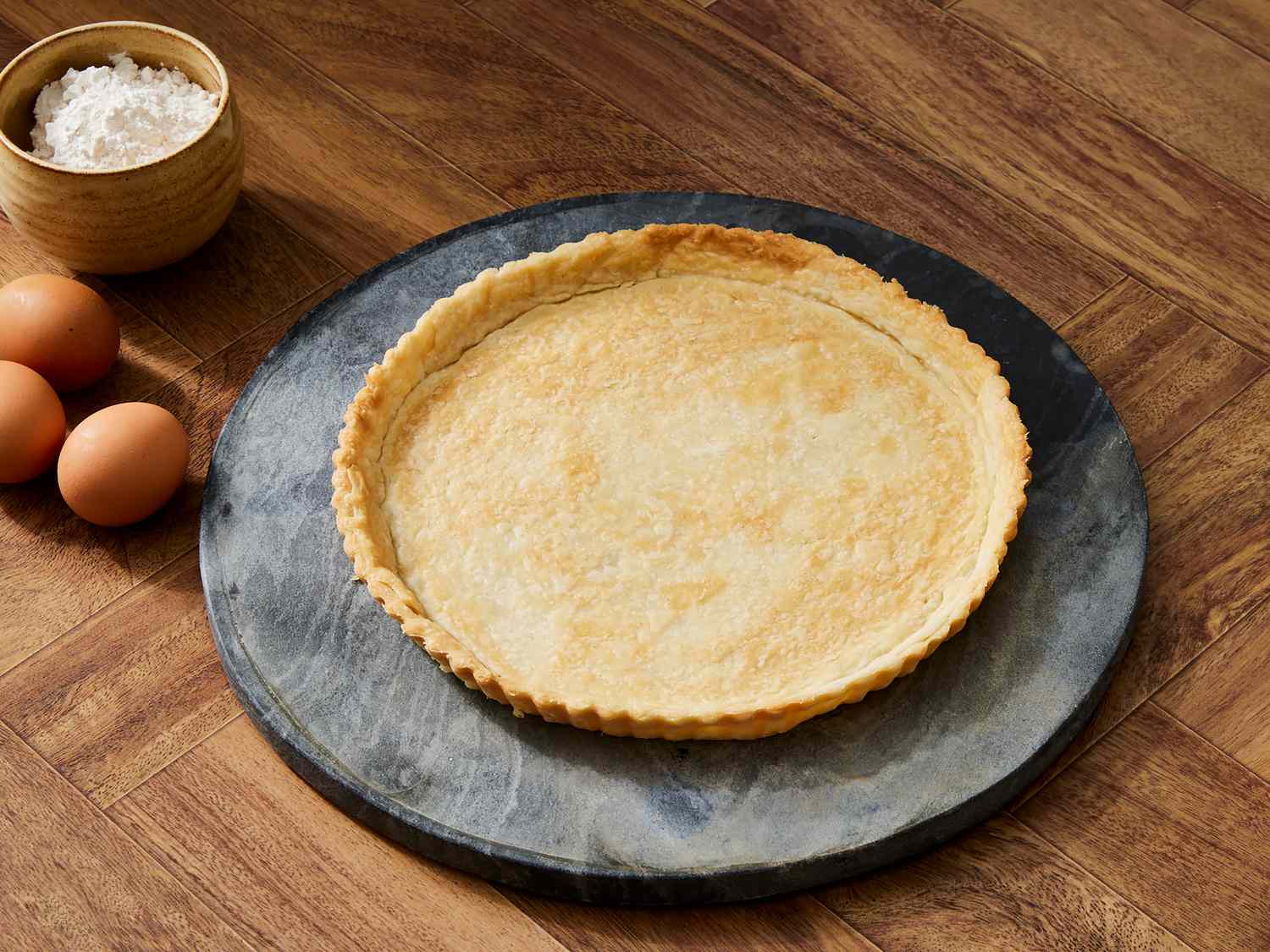When it comes to adding a touch of elegance and flavor to your meals, saffron rice is a popular choice. This aromatic and vibrant dish is a staple in many cuisines around the world. But what exactly is saffron rice, and what makes it so special? Let's delve into the world of saffron rice and uncover its origins, flavors, and culinary significance.
Origins of Saffron Rice
Saffron rice has a rich history that dates back centuries. The use of saffron, a prized and expensive spice derived from the crocus flower, can be traced to ancient civilizations in the Middle East and Asia. The delicate threads of saffron were highly valued for their distinct flavor, vivid color, and medicinal properties. Over time, saffron found its way into rice dishes, creating the luxurious and fragrant saffron rice we know today.
What Makes Saffron Rice Unique?
Saffron rice stands out for its vibrant yellow hue and delicate, floral aroma. The key ingredient, saffron, infuses the rice with a subtle yet distinctive flavor that sets it apart from plain rice dishes. The labor-intensive process of harvesting and processing saffron contributes to its exclusivity and adds a touch of luxury to any meal. When combined with fluffy, long-grain rice, saffron creates a visually stunning and flavorful dish that elevates any dining experience.
Culinary Uses of Saffron Rice
Saffron rice is a versatile dish that complements a wide range of cuisines. Whether it's paired with savory curries, grilled meats, or seafood, saffron rice adds a pop of color and flavor to the plate. In Indian and Persian cuisine, saffron rice is often served alongside aromatic dishes such as biryani or kebabs. Its ability to absorb and enhance the flavors of other ingredients makes it a popular choice for special occasions and festive gatherings.
How to Prepare Saffron Rice
Creating saffron rice at home is a straightforward yet rewarding process. Here's a simple recipe to make your own batch of fragrant saffron rice:
Ingredients:
- 1 cup long-grain white rice
- A pinch of saffron threads
- 2 cups water
- Salt to taste
- Optional: a knob of butter or a drizzle of olive oil for added richness
Instructions:
- Rinse the rice under cold water until the water runs clear.
- In a small bowl, steep the saffron threads in a few tablespoons of warm water for 10-15 minutes.
- In a pot, bring 2 cups of water to a boil and add the steeped saffron water.
- Stir in the rice and a pinch of salt, then reduce the heat to low and cover the pot.
- Allow the rice to simmer for 15-20 minutes, or until the grains are tender and have absorbed the liquid.
- Fluff the rice with a fork and add a knob of butter or a drizzle of olive oil for extra flavor.
The Health Benefits of Saffron Rice
Aside from its culinary allure, saffron rice offers potential health benefits. Saffron is known for its antioxidant properties and has been traditionally used in herbal medicine. When consumed in moderation as part of a balanced diet, saffron rice can contribute to overall well-being and add a touch of indulgence to meals.
In conclusion, saffron rice is a culinary gem that brings together history, flavor, and visual appeal. Whether enjoyed as a side dish or as the star of the meal, saffron rice continues to captivate food enthusiasts with its timeless allure. So, the next time you're looking to elevate your dining experience, consider adding a touch of luxury with a fragrant serving of saffron rice.
Was this page helpful?
Read Next: What Is Rabbit Meat Called
